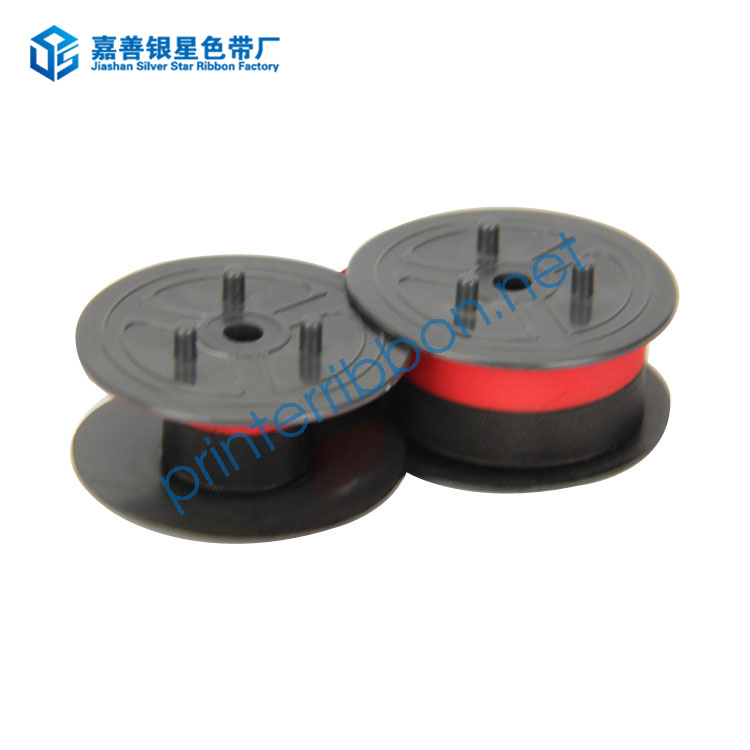Understanding Printer Ribbons: How They Differ from Other Printing Consumables
2024-03-12
In the world of printing, there exists a multitude of consumables, each serving a unique purpose in the process of transforming digital data into tangible documents. Among these consumables, one often encounters the printer ribbon, a vital component in certain printing technologies. But what exactly is a printer ribbon, and how does it differentiate itself from other printing consumables? Let's delve into this topic to gain a deeper understanding.
What is a Printer Ribbon?
A printer ribbon is a thin, elongated strip containing ink or pigment that is used in specific types of printers to transfer images or text onto paper or other printing media. It typically consists of a substrate material, such as polyester film, coated with ink or pigment in various colors. Printer ribbons are commonly employed in dot matrix printers, line matrix printers, and some types of thermal transfer printers.
How Does it Differ from Other Printing Consumables?
1. Ink Cartridges and Toner Cartridges
Printer ribbons differ from ink cartridges used in inkjet printers and toner cartridges used in laser printers in several key ways:
- Printing Mechanism: Printer ribbons are utilized in impact printers, such as dot matrix printers, where a print head strikes the ribbon against the paper to create characters or images. In contrast, inkjet and laser printers utilize liquid ink or toner powder, respectively, which are applied directly onto the printing surface.
- Print Quality: While inkjet and laser printers are capable of producing high-resolution prints suitable for graphics and photographs, impact printers utilizing printer ribbons typically produce lower-resolution prints more suitable for text-based documents, receipts, or invoices.
- Cost and Page Yield: Printer ribbons often have a lower cost per page compared to ink and toner cartridges, making them more economical for certain printing applications, especially in environments where high-volume printing is common.
2. Thermal Transfer Ribbons
Printer ribbons also differ from thermal transfer ribbons, another type of consumable used in thermal transfer printers:
- Principle of Operation: Thermal transfer ribbons rely on the application of heat from a print head to transfer ink or pigment onto the printing surface. In contrast, printer ribbons used in impact printers rely on mechanical impact to transfer ink.
- Print Durability: Thermal transfer printing often produces more durable prints compared to impact printing with printer ribbons, making it suitable for applications requiring resistance to abrasion, chemicals, or environmental conditions.
- Color Options: While thermal transfer ribbons offer a wide range of color options, including single-color and multi-color ribbons, printer ribbons are typically available in monochrome options, such as black or black/red for dual-color printing.
Conclusion
In summary, a printer ribbon is a specialized printing consumable used in certain types of printers, such as dot matrix and line matrix printers. It differs from other printing consumables, such as ink cartridges and toner cartridges used in inkjet and laser printers, as well as thermal transfer ribbons used in thermal transfer printers, in terms of printing mechanism, print quality, cost, and application suitability. Understanding these differences can help users make informed decisions when selecting printing consumables for their specific printing needs.



